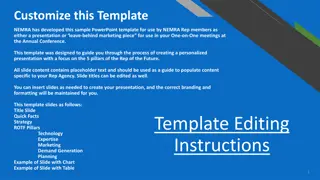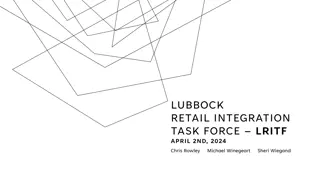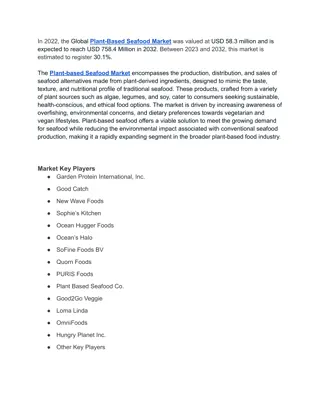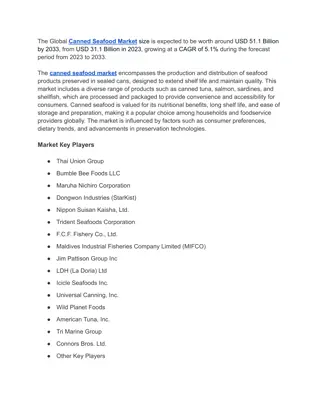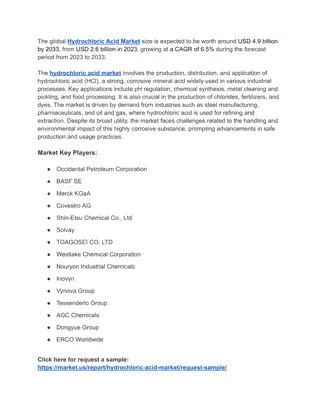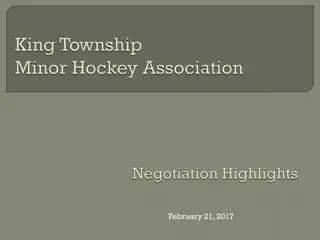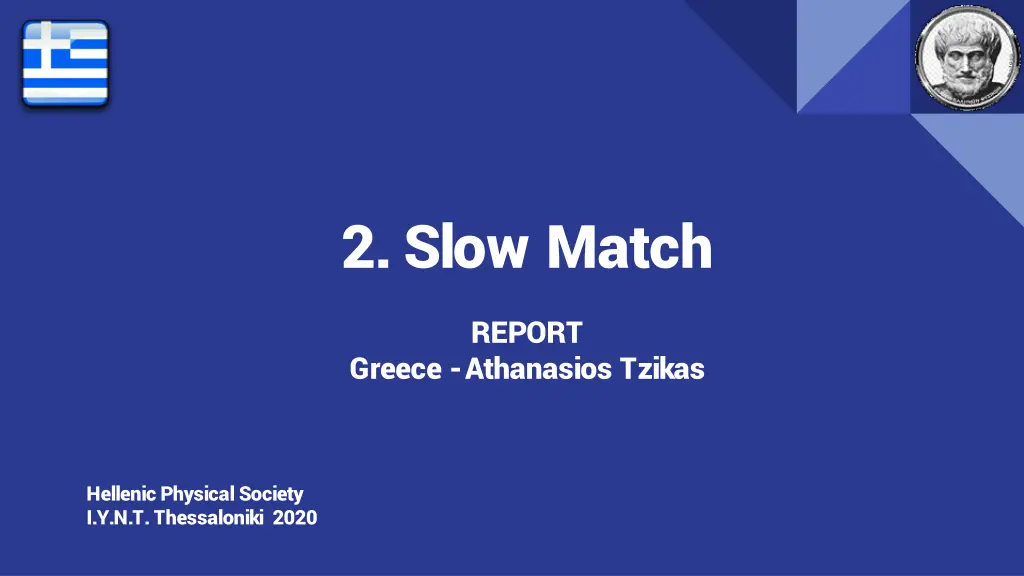
Investigating Slow Match for Historical Ignition Purposes
Explore the history, theory, hypothesis, experiment, and results of producing slow match cords for igniting cannons. Learn about the chemical treatment process, variables affecting burn rates, and materials used in the experiment.
Download Presentation

Please find below an Image/Link to download the presentation.
The content on the website is provided AS IS for your information and personal use only. It may not be sold, licensed, or shared on other websites without obtaining consent from the author. If you encounter any issues during the download, it is possible that the publisher has removed the file from their server.
You are allowed to download the files provided on this website for personal or commercial use, subject to the condition that they are used lawfully. All files are the property of their respective owners.
The content on the website is provided AS IS for your information and personal use only. It may not be sold, licensed, or shared on other websites without obtaining consent from the author.
E N D
Presentation Transcript
2. Slow Match REPORT Greece -Athanasios Tzikas Hellenic Physical Society I.Y.N.T. Thessaloniki 2020
Problem to be investigated A cord in which the flame front propagates with a constant low speed has been important to ignite cannons. Produce such cords and investigate their burn rates and other properties.
Contents HISTORY AND THEORY HYPOTHESIS EXPERIMENT RESULTS CONCLUSION REFERENCES
HISTORY The slow match was used by musketeers in the past and for a small period of time, this was the only way of firing a cannon or a gun. However, nowadays it has been replaced by quick match and punk, which are commonly used for igniting fireworks. The firing of a gun isn t triggered by such a mechanism anymore.
THEORY What is a slow match? A slow match is a cord that, after chemical treatment, is burning slowly but with a standard desired speed. It mustn t be affected by weather conditions, either these are wind, rain, snow etc.
HYPOTHESIS From my experience I think that the variables that affect the burn rate of the slow match will be: 1.the time letting the cordon to absorb the chemical solution 2.the density of the solution 3.the way we dry the cordon (vertically-horizontally)
EXPERIMENT In the experiment I used the following materials: Cotton cord Lemon Vinegar Water Potassium nitrate (I used this material, though it is possible to make a slow match with other materials too, like sodium nitrate and lead acetate) Lighter
EXPERIMENT Variables Constants Time of drying Time of absorbing the solution Density of solution Type of solvent in the solution Way of drying the cordon Material of the cord Length of the cord Place Temperature Weather
RESULTS 2nd Experiment (7 days) 5 cm slow match 24h 3:28 3:20 2:55 1st Experiment (2 days) 5 cm slow match 24h 3:35 3:23 3:09 12h 4:22 3:44 3:00 36h 3:19 3:02 2:42 12h 4:30 3:51 3:41 36h 3:26 3:09 3:05 100ml/500ml 50ml/500ml 20ml/500ml 100ml/500ml 50ml/500ml 20ml/500ml 50ml/450ml+50ml vinegar 3:34 3:19 50ml/450ml+50ml vinegar 3:22 2:50 50ml/450ml+50ml lemon 3:33 2:58 50ml/450ml+50ml lemon 3:31 3:23 50ml/500ml vertical/upper 3:15 50ml/500ml vertical/upper 3:20 50ml/500ml vertical/lower 3:07 50ml/500ml vertical/lower 2:45
CONCLUSION What I have concluded from my experiment is: The type of solvent affects just a little the result The more potassium the slower the burn rate will be The more time the cordon absorbs the solution the faster it is burned Drying the cordon vertically results at unstable burn rate The more time the slow match is left to dry the faster it is burned Although in both of these experiments it was a bit windy the matches kept burning.
REFERENCES http://www.metamuseum.com/us/slowmatch/Index.cfm?F=E43 https://www.youtube.com/watch?v=xOjtlIxYYbs https://sciencenotes.org/make-ammonium-nitrate/ https://pyrodata.com/PyroGuide/index.php%5Etitle=Slow_match.htm https://en.wikipedia.org/wiki/Potassium_nitrate https://el.wikipedia.org/wiki/%CE%91%CE%B9%CE%B8%CE%B1%CE%BD%CE %B9%CE%BA%CF%8C_%CE%BF%CE%BE%CF%8D https://el.wikipedia.org/wiki/%CE%9A%CE%B9%CF%84%CF%81%CE%B9%CE %BA%CF%8C_%CE%BF%CE%BE%CF%8D https://en.wikipedia.org/wiki/Slow_match
Hellenic Physical Society I.Y.N.T. Thessaloniki 2020 THANK YOU FOR YOUR ATTENTION!





